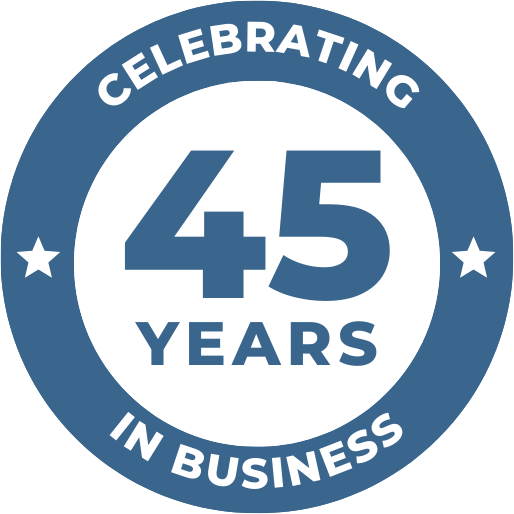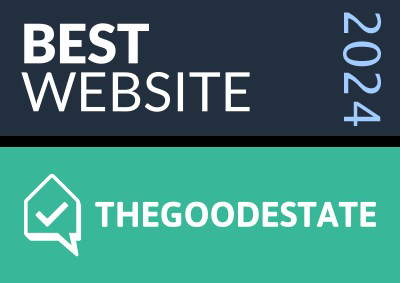Cash flow is the movement of money in and out or your business. The amount of positive cash flow is what funders look at when evaluating a company. Successful businesses have a positive cash flow. When a company is paid money by a customer is an example of positive cash flow. An example of negative cash flow is when the company pays an expense, such as rent or supplies.
Online retailers track cash flow digitally and transactions can be reviewed online. For retail operations, keeping a record of cash flow may be more difficult because payments may be made by checks, credit card or paper currency. Regardless of how your business operates, it’s important to understand how to effectively manage cash flow.
Why good cash flow management is important
Some of the tangible benefits to having a positive cash flow include:
Ability to pay debts: Having cash available means that your business can always pay its debts on time. This will help strengthen relationships with suppliers, as well as creditors. It also provides a cushion to deal with unexpected expenses, such as equipment repairs.
Potential for expansion: Positive cash flow can afford you the opportunity to expand without relying upon external resources. If you choose to get a loan, having a good reputation with creditors may allow you to negotiate a better interest rate.
Fewer sleepless nights: Worrying about your next financial obligation is stressful. It can cause health issues and breach the trust of employees if wages are at stake. By having good cash flow management, you’ll be able to worry less about the daily operations of your business and focus more on future goals.
What are the different types of cash flow?
Cash flow differs from profit. It reflects a company’s liquid assets and can reveal performance issues. Cash flow statements may be generated for three different types of activities.
1. Operating
The standard formula to calculate operating cash flow is:
Net Income + Non-Cash Expenses – Increases in Working Capital
Operating cash flow takes day-to-day financial management into consideration. Working capital is determined by subtracting current assets from current liabilities on a company balance sheet. Some income or expenses that may be factored into operating cash flow include:
- Utility bills
- Rent or mortgage payments
- Employee wages
- Cash received from sales
- Inventory purchases
2. Investing
The money that’s spent or earned from long-term assets, such as marketable securities, property, or equipment, is considered investing cash flow. It’s mathematically represented by the following:
- Purchase/Sale of Long Term Assets + Purchase/Sale of Other Businesses + Purchase/Sale of Marketable Securities
- Common investing activities may include:
- Proceeds from a sale of a business
- Purchases of stocks and bonds
- Proceeds from selling marketable securities
- Purchase of a capital expenditure
- Acquisition of another company
3. Financing
Financing cash flow is the money that moves between a company’s owners, investors and creditors. It can indicate how effectively a business is structured. Even if a company doesn’t have much cash flow from operating activities, it may be strong from a financing perspective. Cash flow from financing activities can be determined by this equation:
Cash Obtained by Debt or Equity – (Dividend Payments + Repurchase of Debt or Equity)
Once you’ve identified and calculated the types of cash flow that apply to your company, it’s time to generate a cash flow statement.
What is a cash flow statement?
A cash flow statement paints a detailed picture of what happens to a company’s cash over a specific period of time. These statements are created using data obtained about cash flow activities, operation expenses and income. There are two common methods to generate a statement.
Direct Method: This method is a direct analysis based on transactions that impacted cash flow during a period of time. It takes all cash collection and disbursement activities into account. Calculations are made using the beginning and ending balances of business accounts and examine the net decrease or increase.
Indirect Method: This method starts by listing a company’s net income. Adjustments are then made to reflect accrual accounting methods. This is done because net income doesn’t accurately reflect earnings before interest and taxes. It also makes room for non-cash expenses, such as depreciation.
Cash flow statements can be complex and difficult to interpret. It’s advisable to hire an accounting professional to help ensure that everything is on track.
Cash flow best practices
Generating a cash flow statement through an accountant or accounting software may be the best way to monitor your company’s financial health over time. However, there are small day-to-day steps you can take to ensure a better outcome.
Keeping a rolling cash flow forecast: By maintaining a spreadsheet with estimates of cash inflows and outflows on a weekly basis, you ensure that there won’t be any surprises at the end of the month.
Managing accounts payable and receivable: Keeping an up-to-date calendar with the dates that invoices and bills are due safeguards against transactions slipping through the cracks.
Building savings: Cash emergencies happen. Be prepared by setting some money aside and depositing it into a business savings account every month.
Implementing strict purchasing procedures: Know exactly who is authorized to place purchase orders and set clear guidelines on when they can do so. Your cash flow plans could be disrupted by an employee committing to unexpected expenses.
Taking advantage of free credit: Use free credit any time a vendor offers.
How to overcome temporary setbacks
If you find your business in the position of having poor cash flow, there are options available.
Apply for government assistance: Financial assistance programs and counseling are generally available at the local, state and federal level. The U.S. Small Business Administration offers a wide array of loans and grants to help businesses get back on their feet.
Ask for some time: If you have a good rapport with your landlord, vendor or supplier, they may be able to provide a temporary reprieve. See if they are willing to create a payment plan or temporary grace period.
Seek a line of credit: Taking on more debt isn’t always the best option, but if you have a good relationship with your bank, it may be the fastest way to get back on track.
Sell your accounts receivable to a factoring company. No debt is created in this transaction, and you immediately become cash flow positive.
Most importantly, always evaluate cash flow with an open and honest mindset. If you address problems as they arise, small cash flow problems won’t become major ones in the future. Need a fast and easy way to improve your small business cash flow? Invoice factoring could be the answer you’ve been looking for. To receive your free quote call 1-800-297-6652 or complete our quick online application form.








